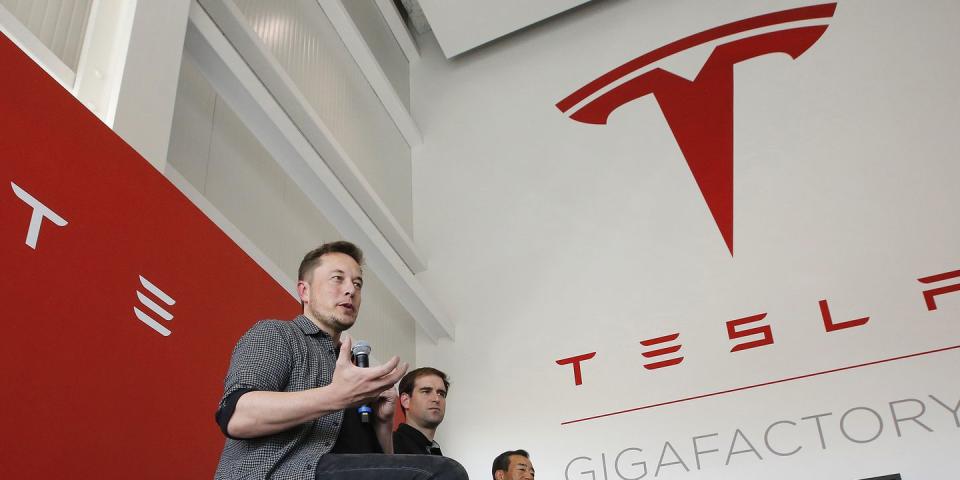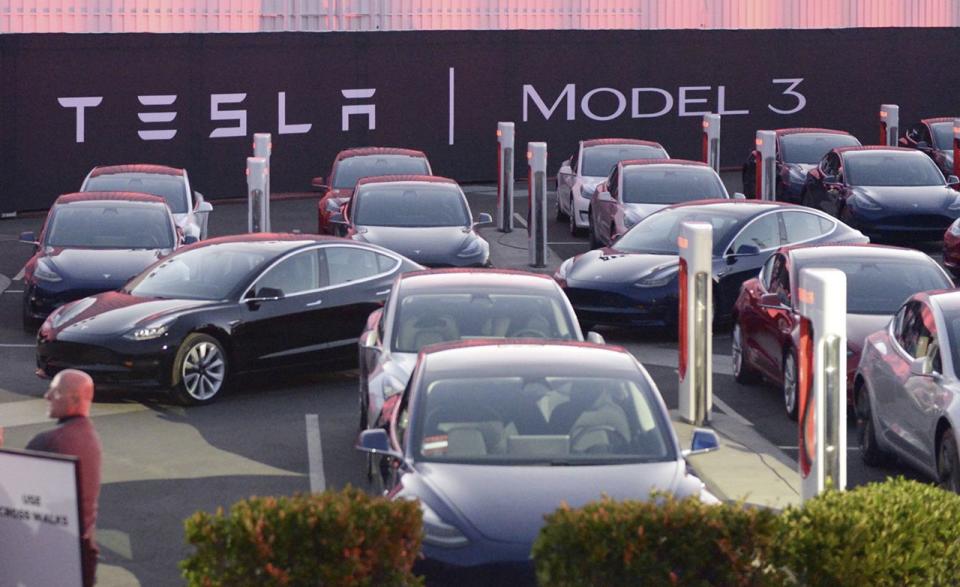Alleged Tesla Saboteur Says He’s a Whistleblower, Files Countersuit

Martin Tripp, a former Tesla technician who was fired and then sued by the company for allegedly leaking trade secrets, has filed a countersuit that asks for at least $1 million in damages. The damage, the suit claims, is to Tripp’s reputation and mental well-being. The lawsuit asks for relief for defamation, invasion of privacy, and intentional infliction of emotional distress at the hands of the company and its CEO, Elon Musk.
Filed in court July 31, the legal action comes in response to Tesla’s initial lawsuit against Tripp, which accuses Tripp of breach of contract, computer crimes, and violation of trade-secrets laws. Tesla has described Tripp as a disgruntled employee who exacted his revenge on the company by hacking into confidential company information, which he then allegedly transferred to outside parties. In a lawsuit it filed in June, Tesla alleged Tripp wrote computer code to periodically export Tesla’s data off its network and into the hands of third parties. Tripp also made false claims to the media about the information he stole, Tesla claimed. In the suit, the company states that it seeks monetary damages in an amount that will be proved at trial.
When Car and Driver caught up with Tripp in June on the day after Tesla’s lawsuit was filed, he denied that he hacked into anything. Although he readily admitted that he had been leaking information to the media, he said he considers himself a whistleblower.
On that front, Tripp separately filed a tip with the Securities and Exchange Commission, with the help of New York attorney Stuart Meissner, making several allegations: that Tesla placed batteries that were damaged with puncture holes into salable vehicles, overstated the number of Model 3 cars that have been produced each week by as much as 44 percent, reused parts that were deemed scrap or waste, and lowered vehicle specifications by placing battery cells too close together while not properly affixing them. Several of those claims reappear in the countersuit Tripp filed July 31.
In an email to C/D in June, Tesla reiterated the main points of its own lawsuit, saying Tripp stole company data while making easily disprovable claims in order to harm the carmaker. The company said Tripp exaggerated the value of the scrap material and said he admitted to investigators that he does not actually know the value of the scrap.
As for the punctured battery modules, Tesla said that in February a robot damaged some modules that were being produced at the Gigafactory, but that, after extensive testing, the company discarded the damaged cells and confirmed the safety of the rest. Tesla said that if there was any doubt as to whether a module would pose a safety concern, it would not be used in any cars. In general, the company has said, Tripp either is not telling the truth or has no idea what he’s talking about. The company has not yet responded to questions seeking comment on Tripp’s countersuit.

Tesla’s June lawsuit came shortly after company CEO Elon Musk sent email messages to employees warning them to be vigilant after catching an employee engaged in “extensive and damaging sabotage,” including direct code changes to the Tesla Manufacturing Operating System under false usernames, in addition to sharing secret data. The messages appeared to be in reference to Tripp’s handiwork, although Tesla’s lawsuit makes no mention of sabotage.
Things took a bizarre turn a day after Tesla’s lawsuit was filed, when reports surfaced that Tripp was threatening violence at the Gigafactory. At the time, Tesla said, it called police after receiving a threatening phone call concerning Tripp. “Yesterday afternoon, we received a phone call from a friend of Mr. Tripp telling us that Mr. Tripp would be coming to the Gigafactory to ‘shoot the place up,’ ” the company said in a statement on Thursday, June 21. “Police have been notified and actions are being taken to enhance security at the Gigafactory.”
Later that day, the local Storey County Sheriff Department issued a press release confirming that it had responded to a report of a potential threat to Tesla’s Gigafactory. “After several hours of investigation, deputies were able to determine there was no credible threat,” the department said.
In any case, the emails, the call to police, and comments that Tesla and Musk subsequently made in the media and on Twitter are among examples of claimed defamation in Tripp’s countersuit. Tripp, who worked at Tesla from October 2017 until his firing in June, is being represented in the Nevada case by Phoenix, Arizona, attorney Robert Mitchell.
A Fully Loaded Tesla Model 3 Costs $81,000, and Anyone Can Now Order One
Tesla to Build Factory in China with Goal of Building Half a Million EVs
Elon Musk Says Disgruntled Employee Sabotaged Tesla Production and Data
The continued litigation-which could prove to be little more than a sideshow-comes as Tesla is at a crucial point in its 15-year existence. The company said it finally hit its goal of producing 5000 Model 3 cars per week-reaching 5031 units in the last week of the second quarter-and has announced aggressive expansion plans, including a factory in China. At the same time, some investors continue to worry about the company’s financial positon. The automaker has had a knack for burning through large amounts of cash, and has never reported a full year of profits. It’s set to release its second-quarter results today.
('You Might Also Like',)

 Yahoo Autos
Yahoo Autos 